I am trying to model some data that follows a sigmoid curve relationship. In my field of work (psychophysics), a Weibull function is usually used to model such relationships, rather than probit.
I am trying to create a model using R and am struggling with syntax. I know that I need to use the vglm() function from the VGAM package, but I am unable to get a sensible model out. Here's my data:
# Data frame example data
dframe1 <- structure(list(independent_variable = c(0.3, 0.24, 0.23, 0.16,
0.14, 0.05, 0.01, -0.1, -0.2), dependent_variable = c(1, 1,
1, 0.95, 0.93, 0.65, 0.55, 0.5, 0.5)), .Names = c("independent_variable",
"dependent_variable"), class = "data.frame", row.names = c(NA,
-9L))
Here is a plot of the data in dframe1:
library(ggplot2)
# Plot my original data
ggplot(dframe1, aes(independent_variable, dependent_variable)) + geom_point()

This should be able to be modelled by a Weibull function, since the data fit a sigmoid curve relationship. Here is my attempt to model the data and generate a representative plot:
library(VGAM)
# Generate model
my_model <- vglm(formula = dependent_variable ~ independent_variable, family = weibull, data = dframe1)
# Create a new dataframe based on the model, so that it can be plotted
model_dframe <- data.frame(dframe1$independent_variable, fitted(my_model))
# Plot my model fitted data
ggplot(model_dframe, aes(dframe1.independent_variable, fitted.my_model.)) + geom_point()

As you can see, this doesn't represent my original data at all. I'm either generating my model incorrectly, or I'm generating my plot of the model incorrectly. What am I doing wrong?
Note: I have edited this question to make it more understandable; previously I had been using the wrong function entirely (weibreg()). Hence, some of the comments below may not make sense.
.....



